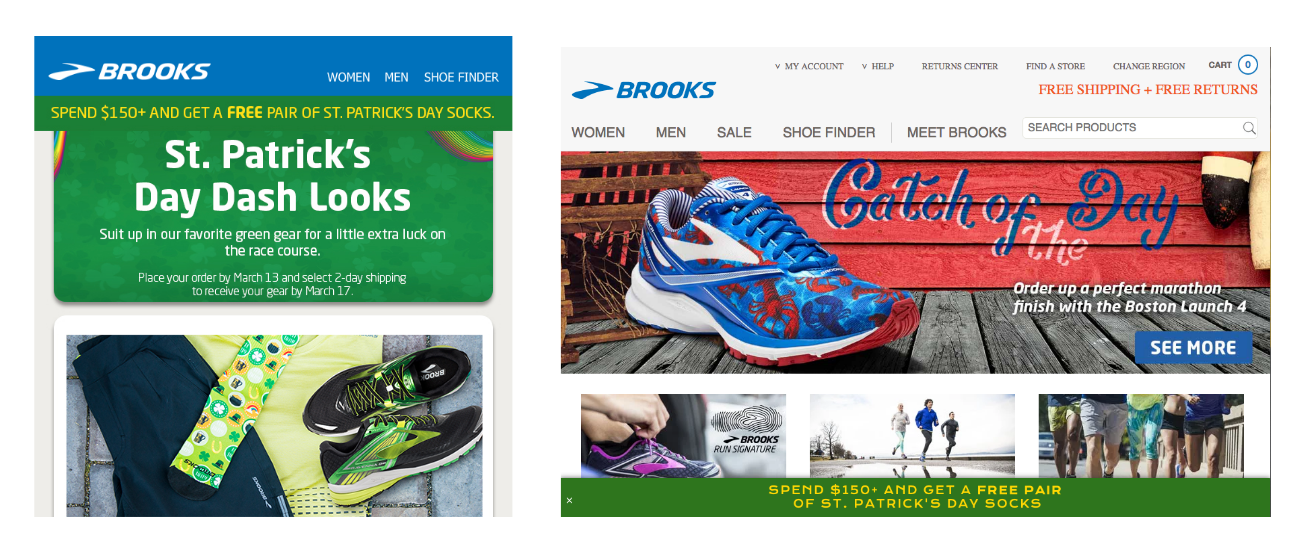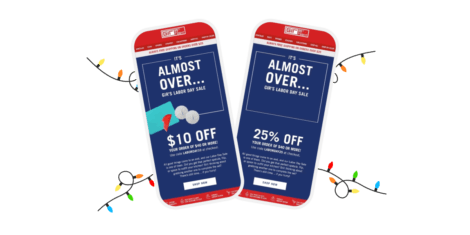As a merchant, you understand how important it is to communicate with your customers and build an ongoing relationship with them. Email can be the perfect channel to deliver your message to customers in a relevant and effective way.
But, when sending email it’s important to consider the context of your message. And it’s also important to identify which segment of your audience will be most responsive to that messaging.
It’s true that each subscriber on your email list is different, and often at different stages of your sales funnel. Some are new subscribers just learning about your brand while others are long-time VIP customers who shop regularly. Each group has a different “diet” for email content, and the better you match your messaging to this content “diet” the more effective it will be.
In this post, we’ll be going through three ways you can use automated trigger emails to help satisfy each customer’s unique diet for content.
Trigger emails with recommendations based on similar shopper behavior
Have a lot of SKUs?
Usually online shoppers won’t look at every product that you offer – they browse through the categories that interest them and only click through to products they want to learn more about. If you have hundreds or even thousands of products, then your shoppers might not even be seeing 20% of your catalog. But once someone makes a purchase, you have much more information to work with.
Rare uses machine learning to identify which product any given customer would be most likely to buy, based on their existing transaction history and what similar customers behavior is like. You can then insert those product recommendations into any email and align your product offering with your customer’s specific tastes.
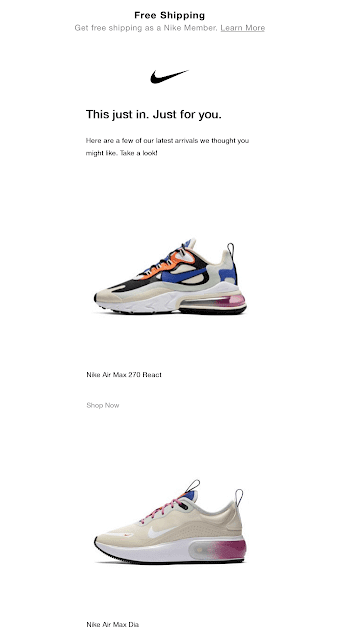
Trigger follow-up and upsell emails based on the brands customers have purchased
People often shop the same brands, and if you carry different brands or vendors in your store then you can take advantage of this insight to increase your e-commerce revenue. When somebody purchases something from a specific vendor that you carry, you can follow up with an email featuring other products from that specific vendor. This is a good way to cross-sell into different categories and increase average order value.
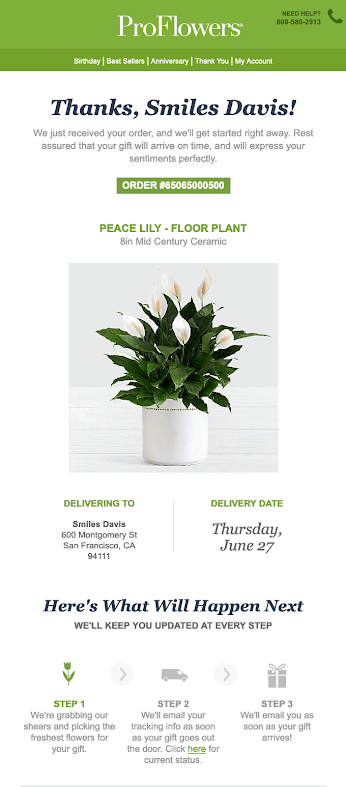
An automated order follow up is an effective way to handle this process. You can set up an order follow up trigger email that goes out a few days after you expect a customer to receive their purchase. Usually you can set this up in an email marketing service by creating an order trigger and then setting your email to send 5-15 days later depending on your shipping times. Without any extra work, your customers will automatically receive a customer service oriented message soon after they receive their order – this will lead to happier customers over time.
You’ll also want to create a unique automated trigger for each vendor – this way any time someone purchases an item, they’ll receive a relevant upsell offer with products featuring the same vendor.
Improve the effectiveness of your contact strategy by identifying which content is best for each segment of your audience
Test out a variety of different types of content in your emails to see what delivers the best return. You don’t want to fall into the trap of always promoting the exact same content to your subscribers – doing so is going to lead to list fatigue. Think about it – which emails do you like best: the ones with a variety of different content each time or the ones that focus only on the new deals for the week?
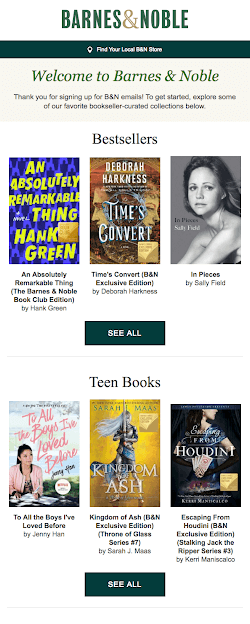
A variety of content is essential for any email marketing program to be effective and especially if you want to maximize the ROI from this channel. Once you figure out which content is resonating, you should definitely produce more of it. But don’t stop experimenting with new ways to keep your emails fresh – after all, it’s important to have variety in your diet or else you’ll get bored. In the email channel, boredom leads to unsubscribes.
A simple way to do this with automated triggers is by simply setting up an automated welcome series with different categories of content sprinkled throughout – you’ll be able to review the metrics for this welcome series and see which links are generating the most interest. That insight can help guide the rest of your content marketing strategy.
Conclusion
Email marketing is essential for growing your business and especially for building relationships with your customers which lead to greater brand loyalty.
But don’t take a “one size fits all” approach to your email list – this can result in your audience tuning out and unsubscribing.
Instead, since each subscriber on your list has different tastes in terms of which content they want to see from you, you should leverage automation & trigger based emails to meet your subscribers with relevant content based on their behavior.
